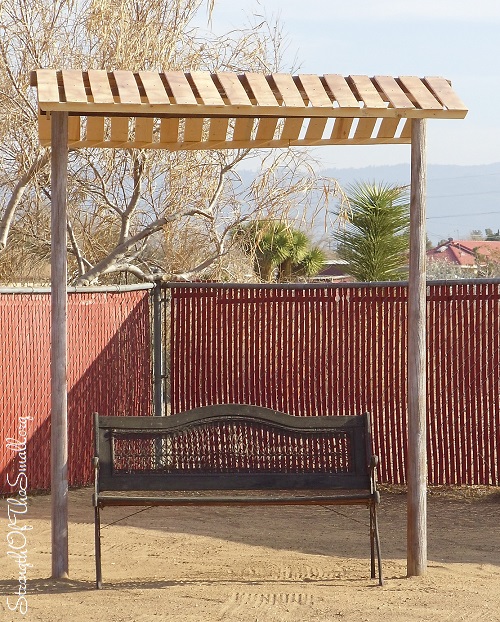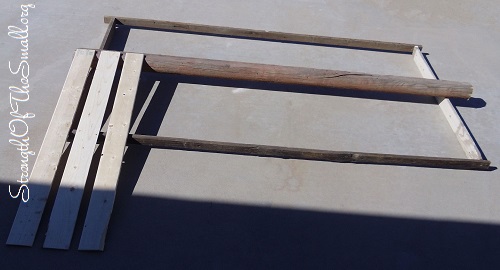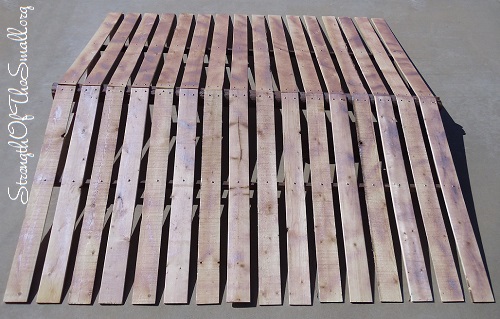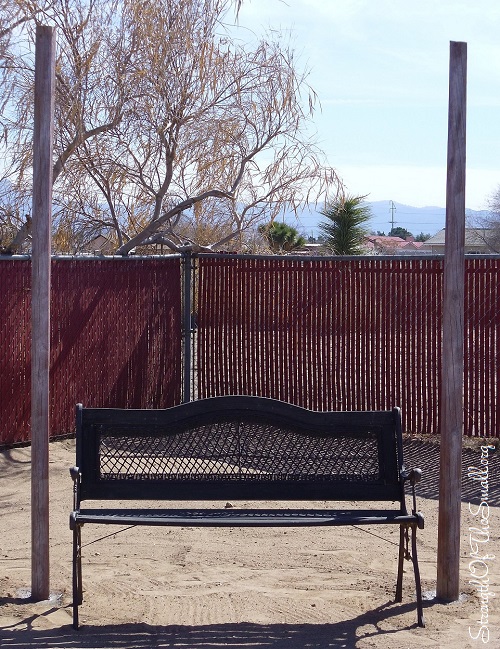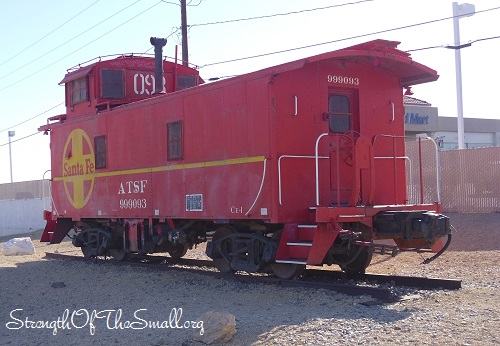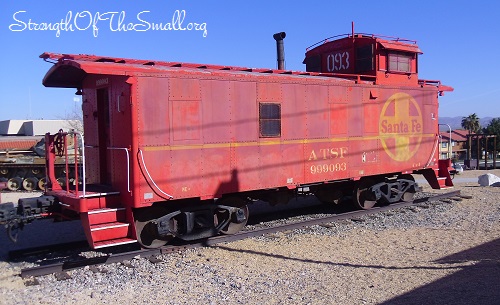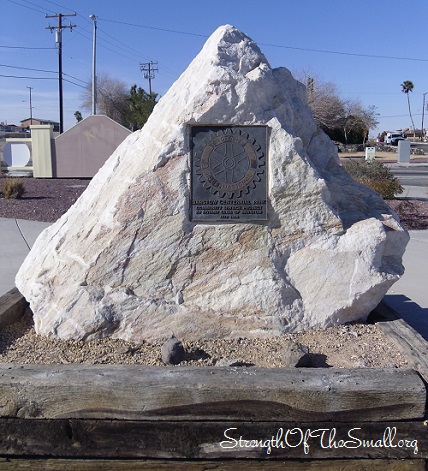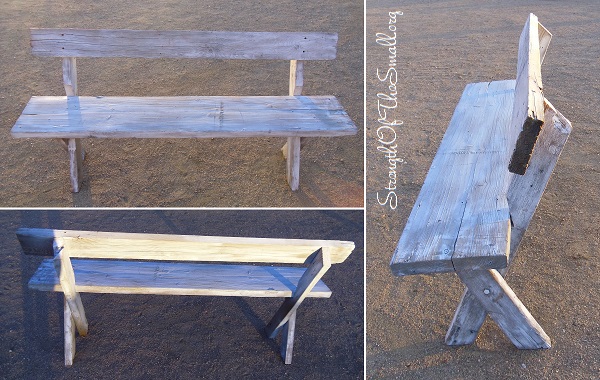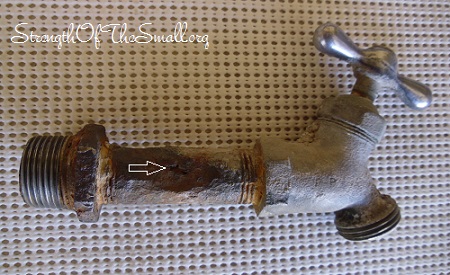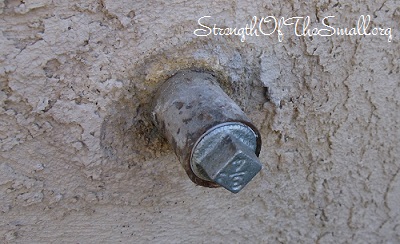Today we decided to make use of a spare door that was laying around our storage shed. Since my daughter has been very eager to help out in the garden, I thought she would enjoy an area where she can create her own container garden. This will give her opportunities to learn about plants and how to grow them. She will also have more responsibilities in the garden as she takes pride in tending to her plants.
Being that the door is hollow in the middle I had to reinforce the edges to hold the weight it will need to hold. The base is a big rectangle that allows me to screw onto the wood pieces that are inside the door for added strength. The legs I cut onto an upside down V and screwed it to the inside of the rectangle. You can see from the pictures below how everything fits together.
Materials/Tools Needed:
|
|
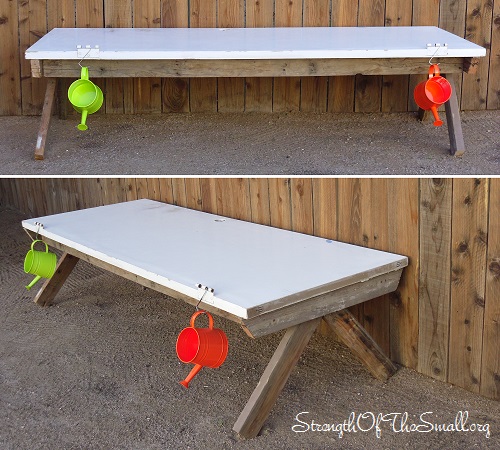
My wife has always involved our children in selecting plants and lending a pair of hands or two in the garden. We will be visiting a few nurseries this weekend and we hope they will have a wonderful time choosing beautiful plants, accessories and additional gardening tools.
Allowing children to do things on their own fuels their desire to learn more and achieve more.
